A peek at how 2024 kicked off
By Chris Johnson
23rd January, 2024
With a scorcher this week across northern NSW and Southern QLD, the possibility of yet another cyclone bringing rain to central Queensland, those famous words “Droughts and Flooding Rains”, never seem truer than the start we are having to 2024. With the last dribs and drabs of the Victorian and South Australian harvest finally making it into the bin, its about time we called harvest done for another year. Moisture profiles have been building across much of the eastern seaboard, and with most having finally returned home after the festive season holidays, its spray rigs at the ready to get on top of those summer weeds, and conserve as much moisture as possible for the next season’s plant, which will be just around the corner.
Prices for Wheat and Barley continue to be pressured lower with a lack of demand both locally and internationally. Global production and ending stocks of wheat was increased in the January USDA report, and while total coarse grains production and ending stocks increased, Barley did get a bit of a trim. Feedlot consumers remaining well covered, as the number of cattle on feed remain below capacity, reducing consumption day to day. Prices are $15-$20 less that when we went on the Christmas break, at $400/mt Delivered Darling Downs and $360/mt Liverpool Plains for SFW1 delivered March/April. Higher protein grades have suffered even larger losses, and as that demand wanes more of those tonnes will need to turn to the feed markets to find a home.
With an abundance feed grains globally, we have seen some weakening in Barley prices locally, but that has not been as significant as the decline in wheat prices post-Christmas at $395 the Downs, $370’s Liverpool Plains. A surplus malt supply in Southern NSW, Victoria and SA is likely to weigh on feed barley prices if growers look to sell some this grain in the next couple of months, unless we see some further export interest into China.
Canola prices have been the most resilient since the start of the year, with most port zones up $20 since the start of the new year. While world soybean production is forecast to grow to record highs, canola production is forecast to drop, following several years of outstanding production. Demand for vegetable oil for sustainable biofuel production seems the likely driver here at the moment, along with the expectation that European buyers will be calling on Australian seed to fill their supply gap prior to the northern hemisphere harvest.
Sorghum crops from the Downs to the Liverpool Plains, have been making some outstanding progress, given only a couple of months back, it seemed like we would be lucky to grow much of a crop at all. Production estimates now range between 1.5 and 2.0mmt, and we would favour the higher end of the range with Central Queensland sorghum planting to kick into gear in the next couple of weeks. Prices have pulled back on the growing crop size, having to compete with a large US crop currently being delivered to Asian buyers. Some early planted crops around Moree and the Downs have started to come off and are attracting a premium over the traditional (March to July) delivery period in the container packing market.
Sorghum Update: Growth, Challenges and Global trends.
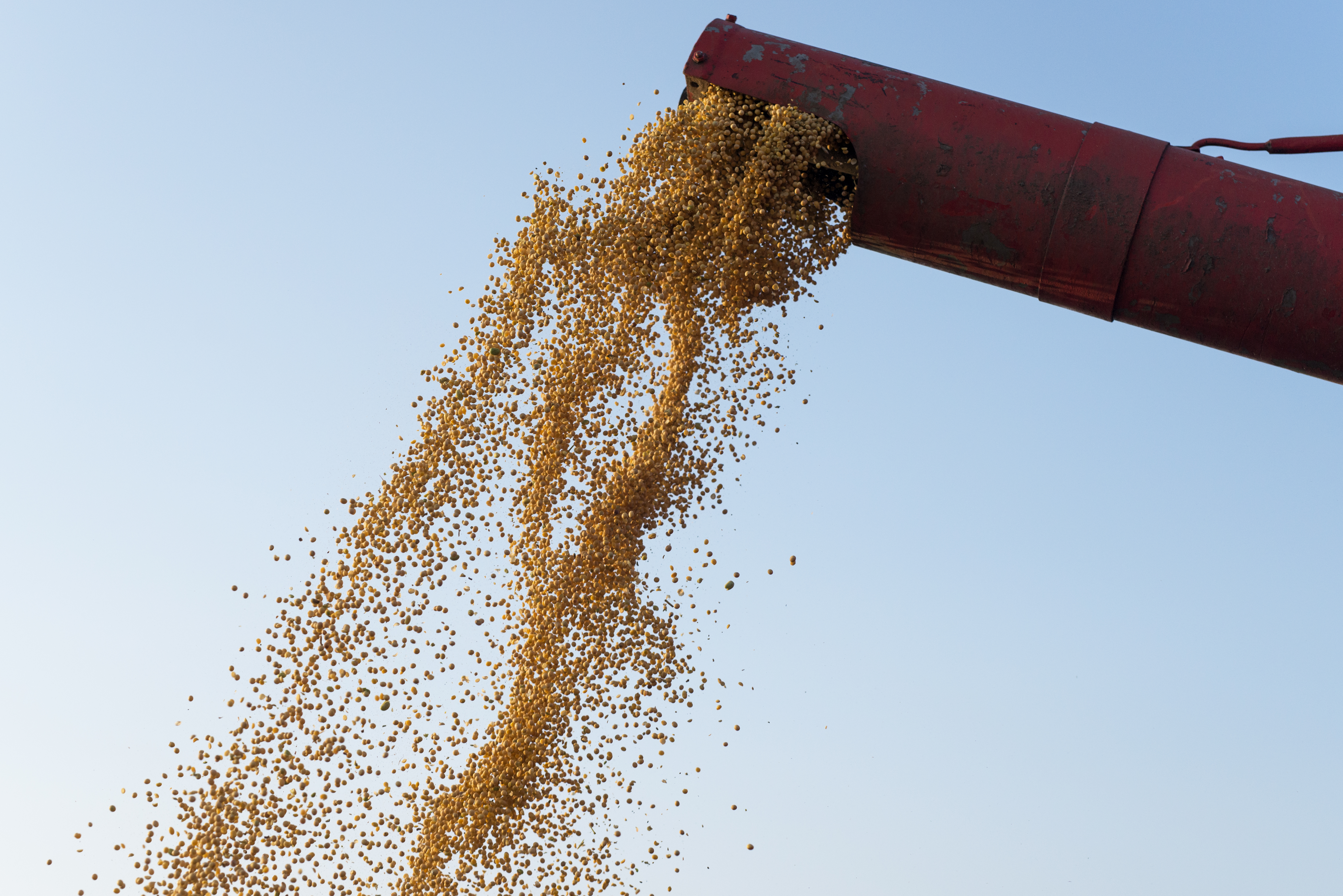
Abundant December rainfall has led to prosperous sorghum crops in the Darling Downs, with expectations of at least average yields, challenging the initial forecast of 21% decline in sorghum planted area for 2023–24 due to well-below-average soil moisture levels..........
Read MoreWheat quality holds up against widespread rain.
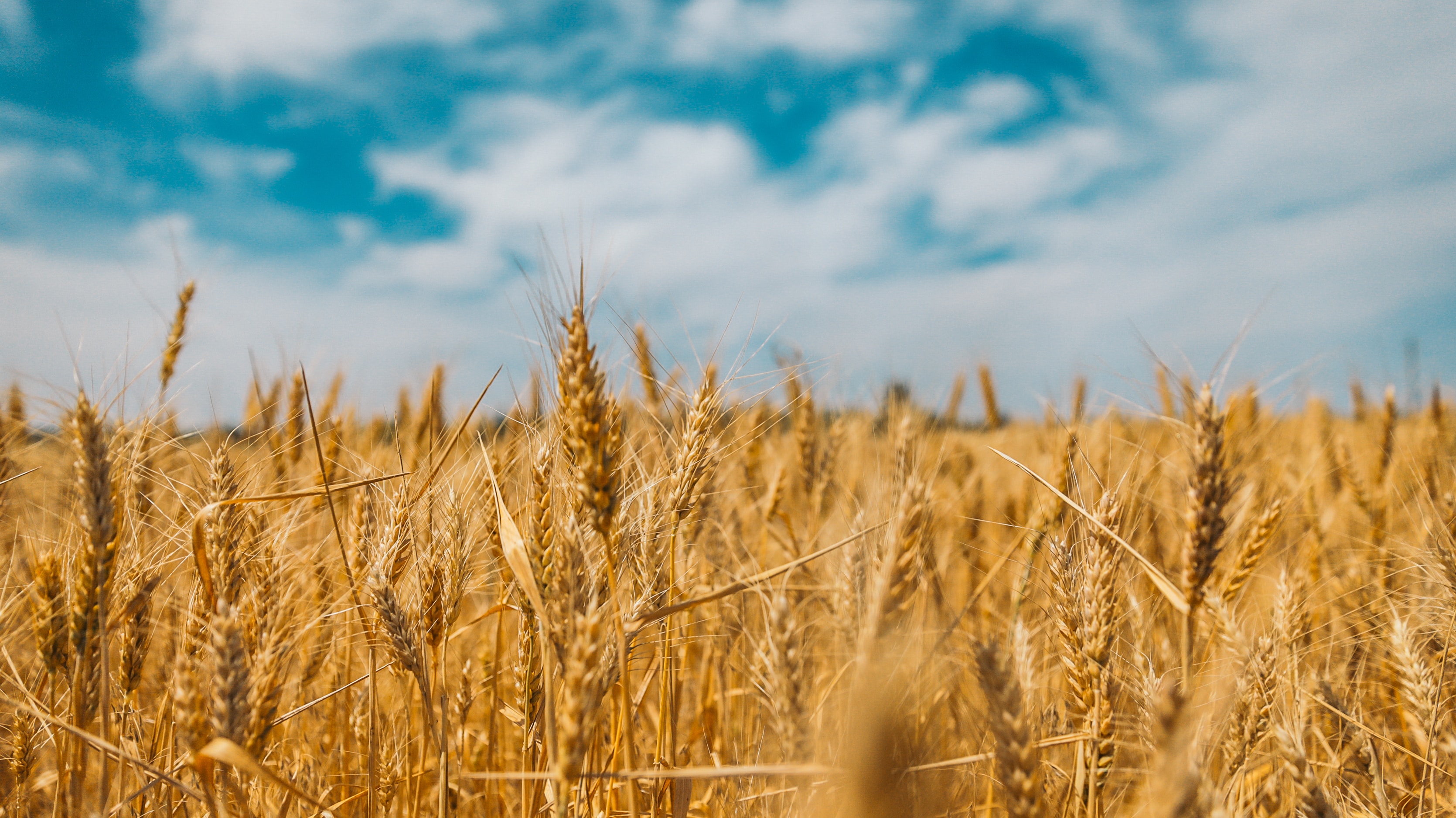
Like it or not, rainfall has been the order of the day for many parts of the country with winter crop still to harvest. Various locations through Southern New South Wales, Victoria and South Australia have received up to 200mls in the last couple of weeks........
Read MoreRain turns the tables on summer crop plantings.
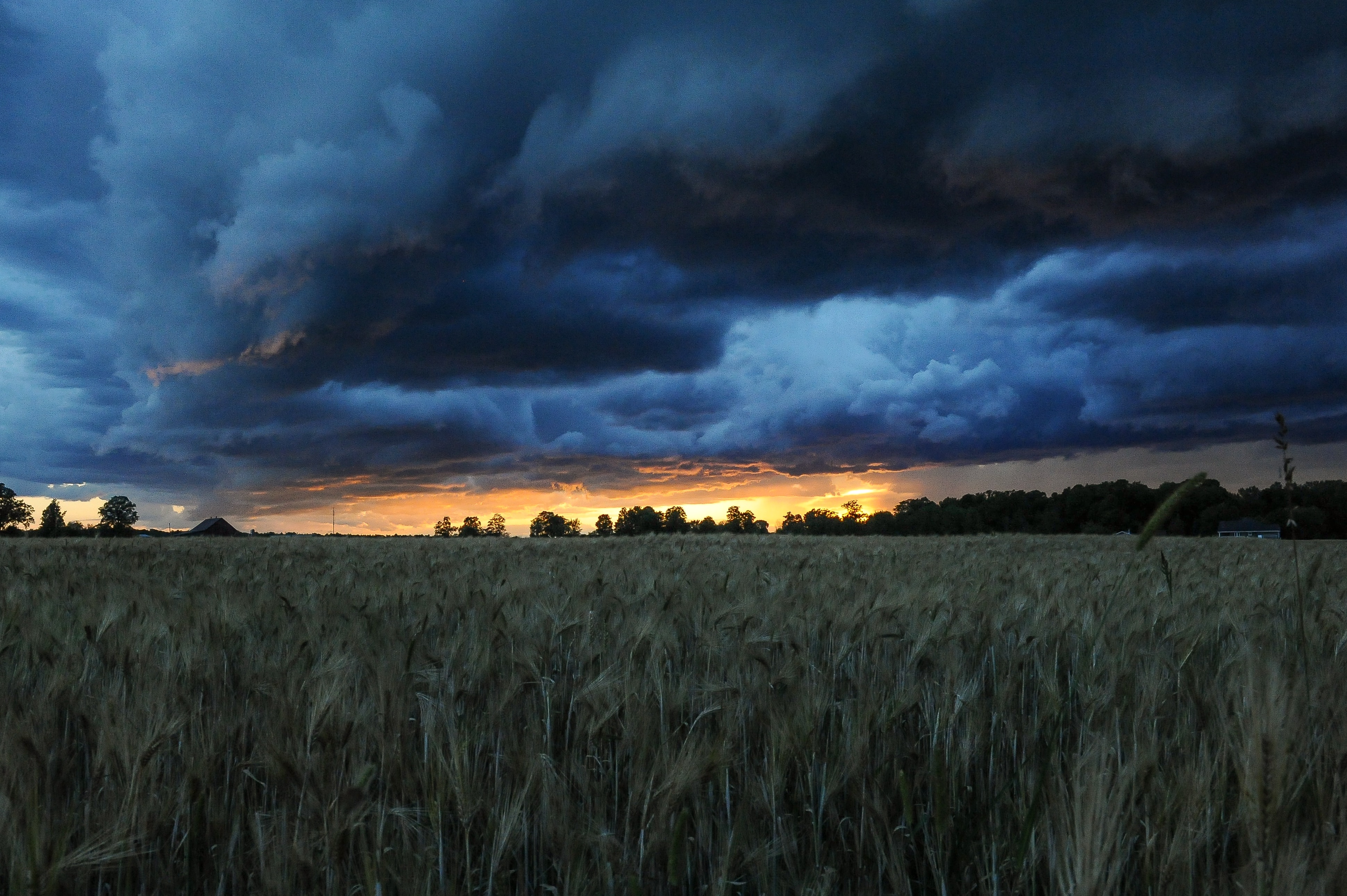
One can only hope that after the big falls across the eastern cropping belt last week, that the BOM manages to get this week’s forecast right, and growers in Southern NSW and Victoria escape any significant additional rain..........
Read MoreRain welcome in the North with Sorghum set to be sown.
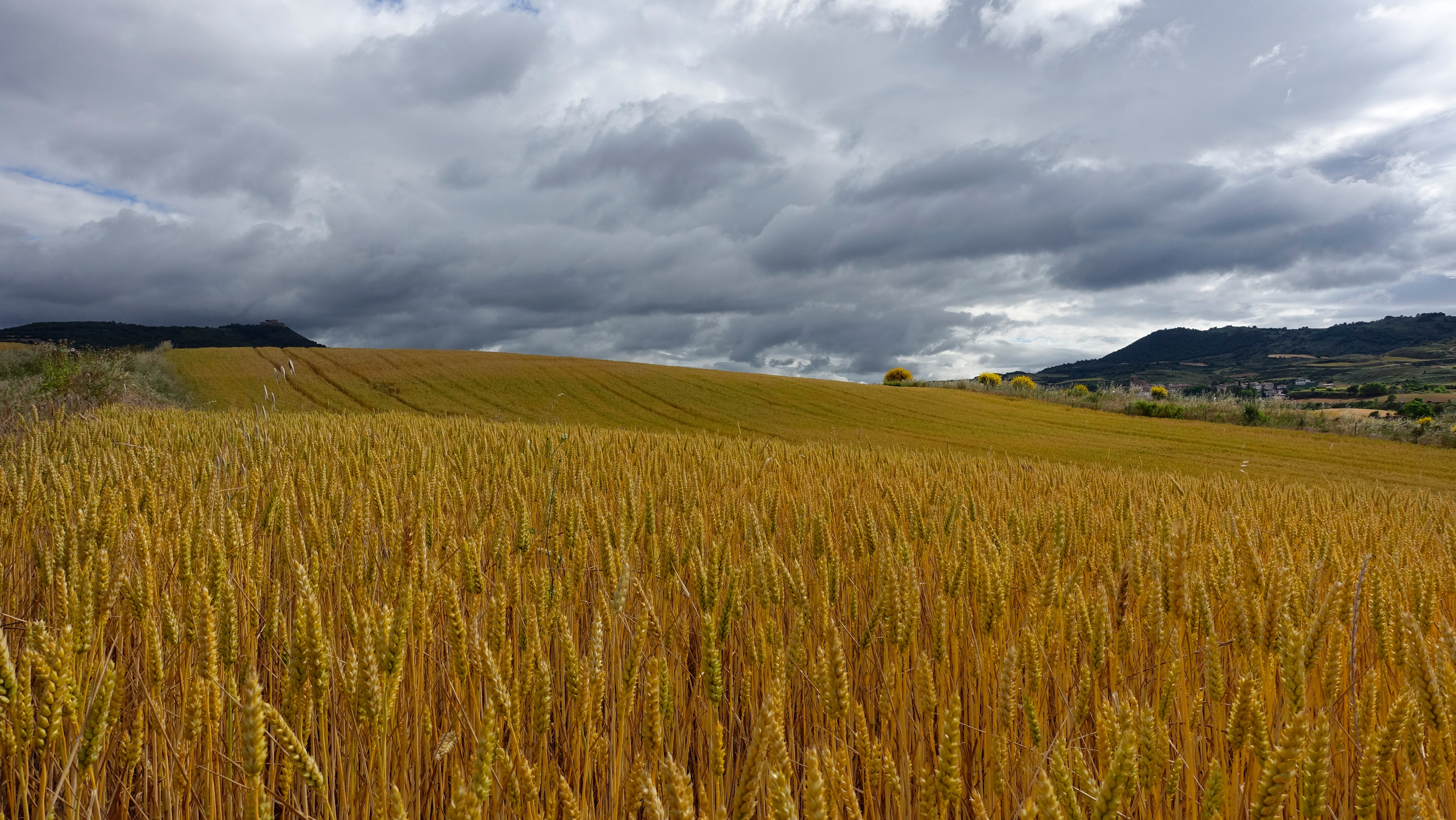
Storm conditions have provided welcome rainfall to areas of Southern Queensland and Northern New South Wales. With rainfall totals between 15-50mm in the last week and some areas receiving more than 100mm........
Read MoreHarvest progresses at record pace
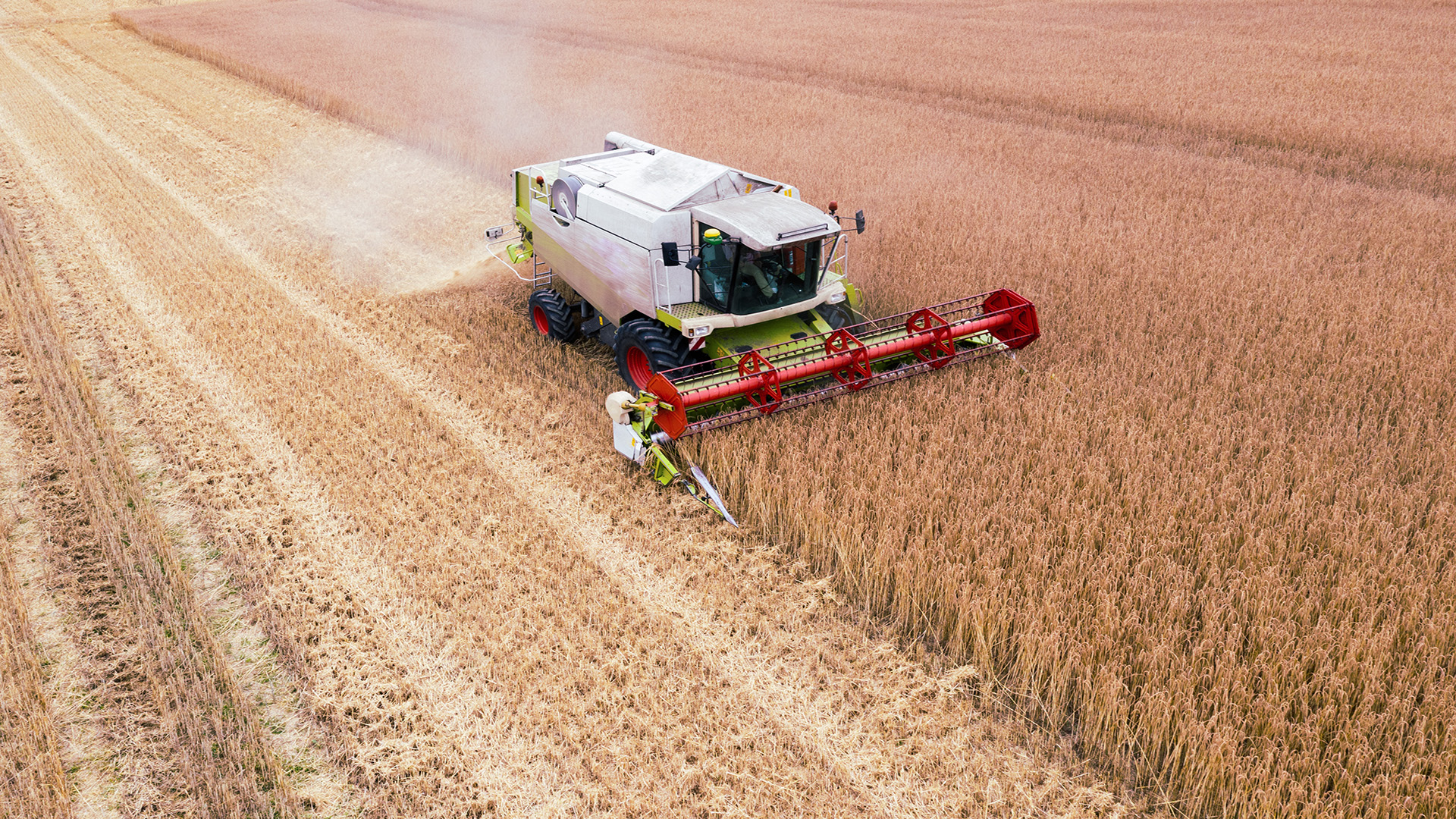
The Aussie winter crop harvest is about halfway toward completion, with plenty of grain still on the stalk in the southern parts of Western Australia, South Australia and New South Wales as well as the bulk of Victoria.......
Read MoreWA Market Wrap
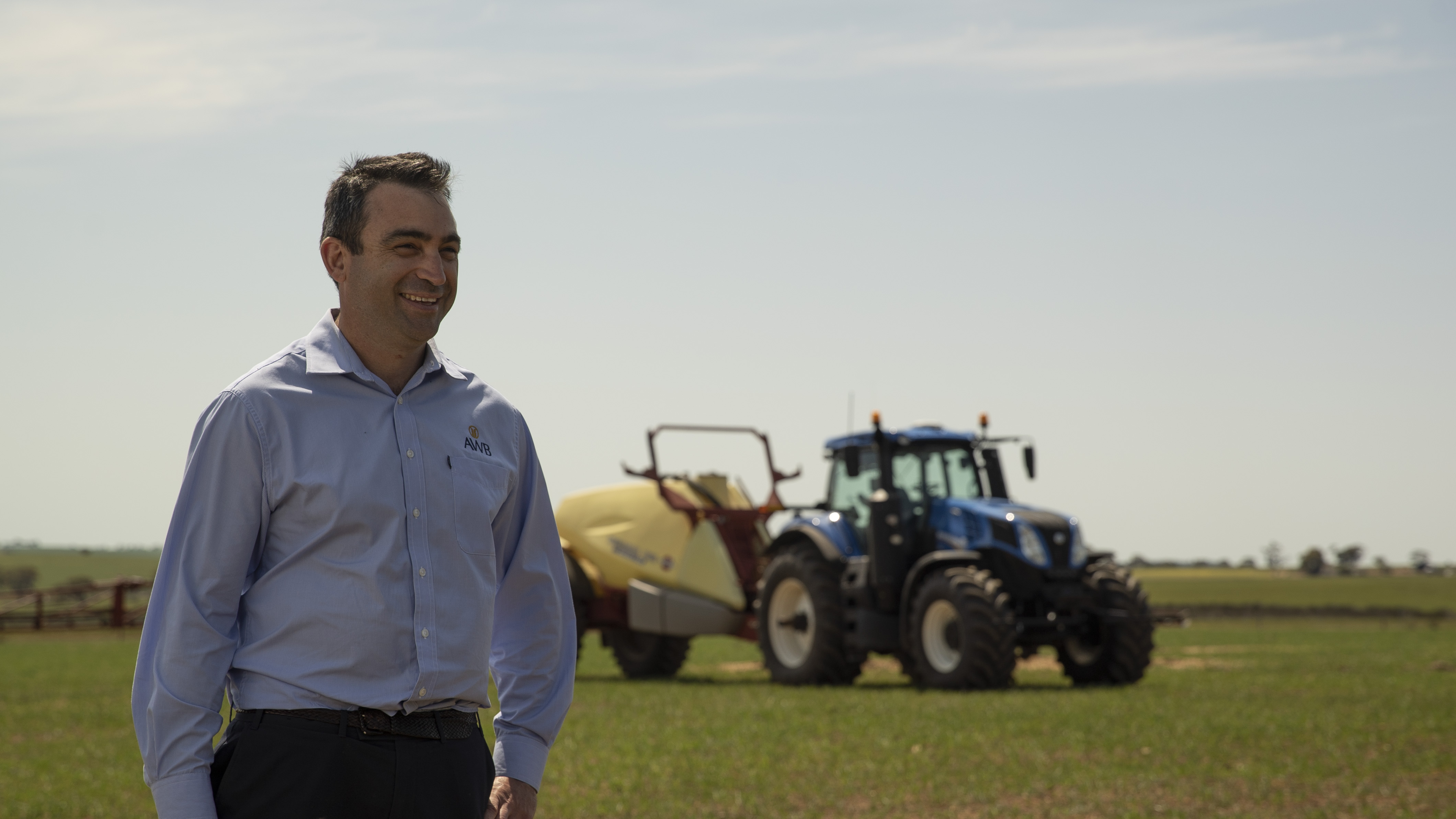
The Western Australian harvest looks like being a quick one with a lot of light crops this year. Receivals in the Geraldton zone started in mid-September and a number of growers have already finished. Production expectations were not high given the lack of summer and growing season rain in most parts of the region......
Read MoreHarvest moves South
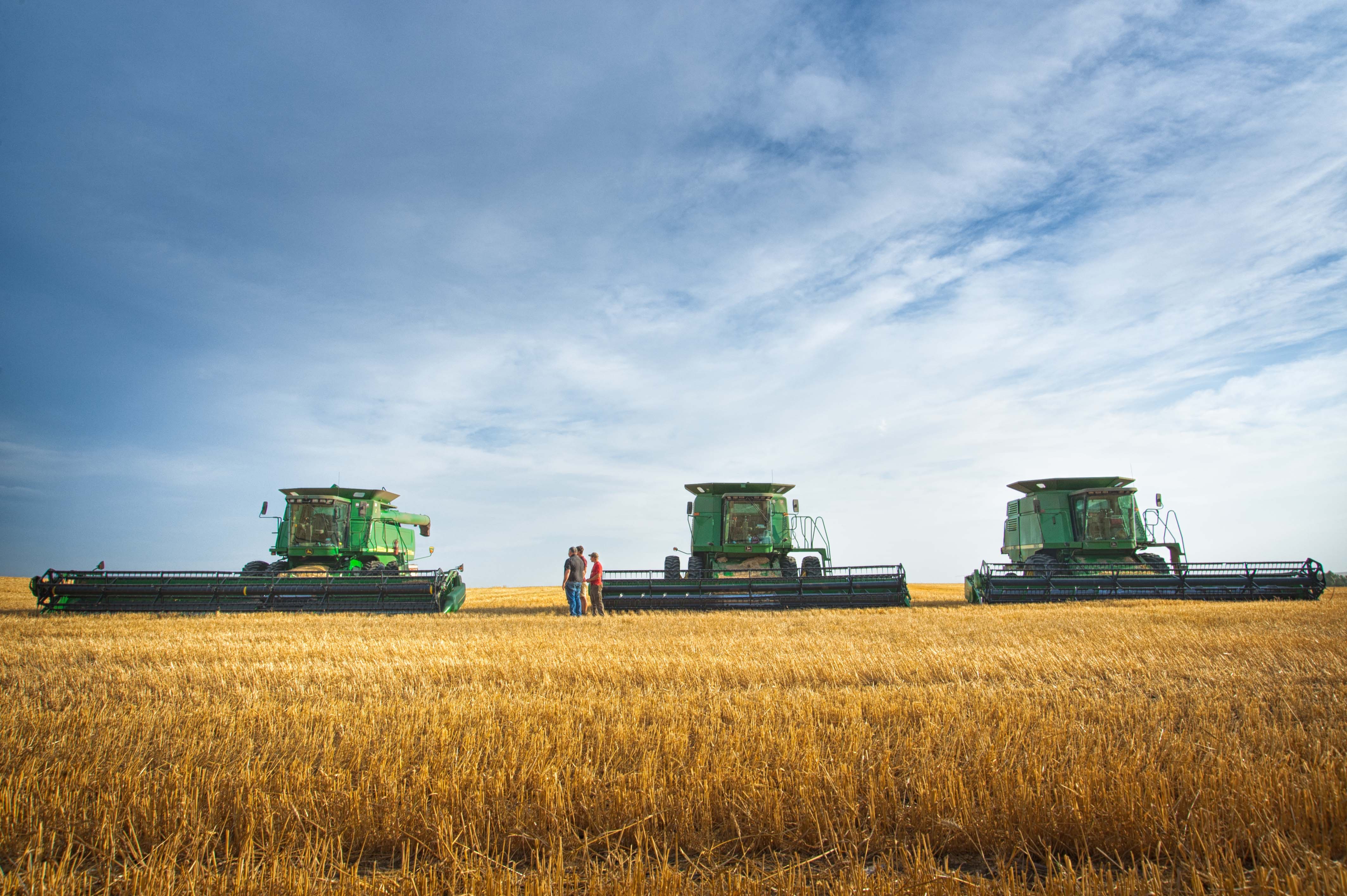
Queensland and Northern NSW have parked the headers and are done and dusted, while Central NSW is about 50% done. Southern NSW is seeing more headers in canola and barley paddocks, and we should start to see some activity in wheat paddocks sooner rather than later......
Read MoreHarvest well ahead of previous years
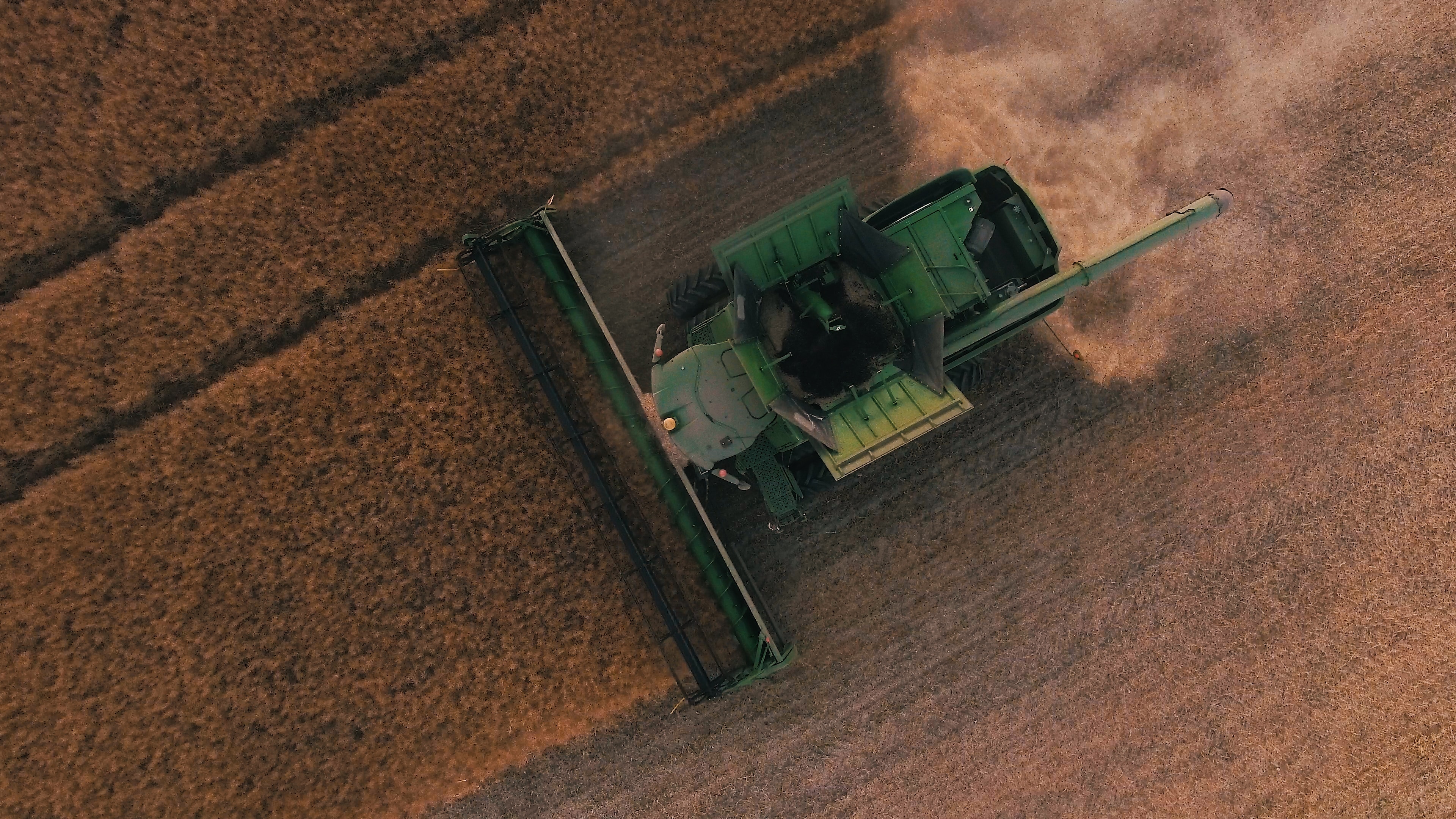
As we move further into November, harvest progresses at an incredibly rapid pace. Traditionally harvest would be 10% completed in the northern part of the Port Kembla zone by the end of the first week of November......
Read MoreAn update on harvest
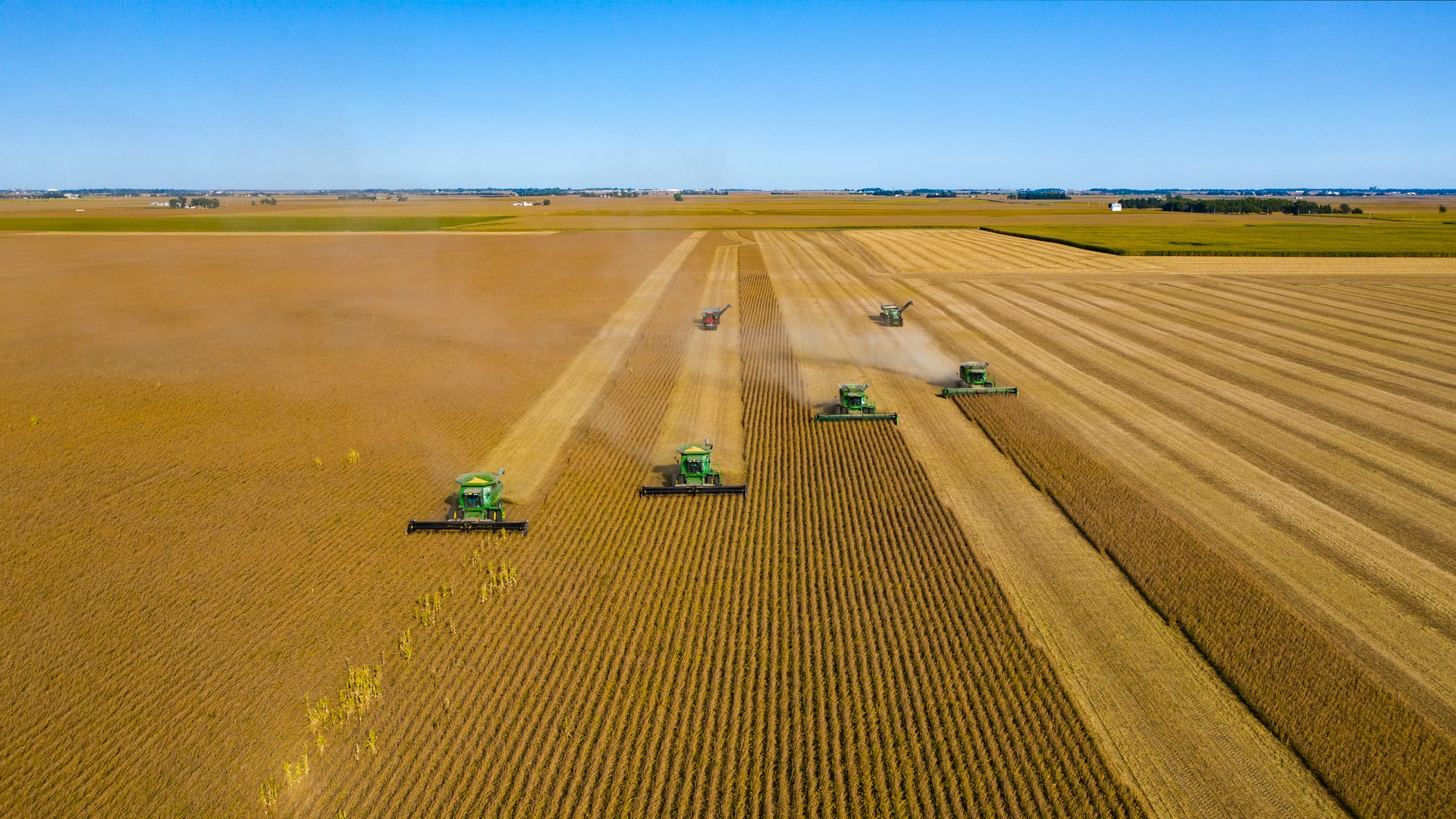
Harvest is rounding the home straight in Queensland and Northern New South Wales nearing 50-60%. Quality to date has been reflective of the seasonal conditions, with the lack of moisture contributing to grades milling around the centre of the quality chart, with ASW1/AUH2/APW1 the main grades being presented at bulk handling sites......
Read MoreDry weather hits sorghum production.
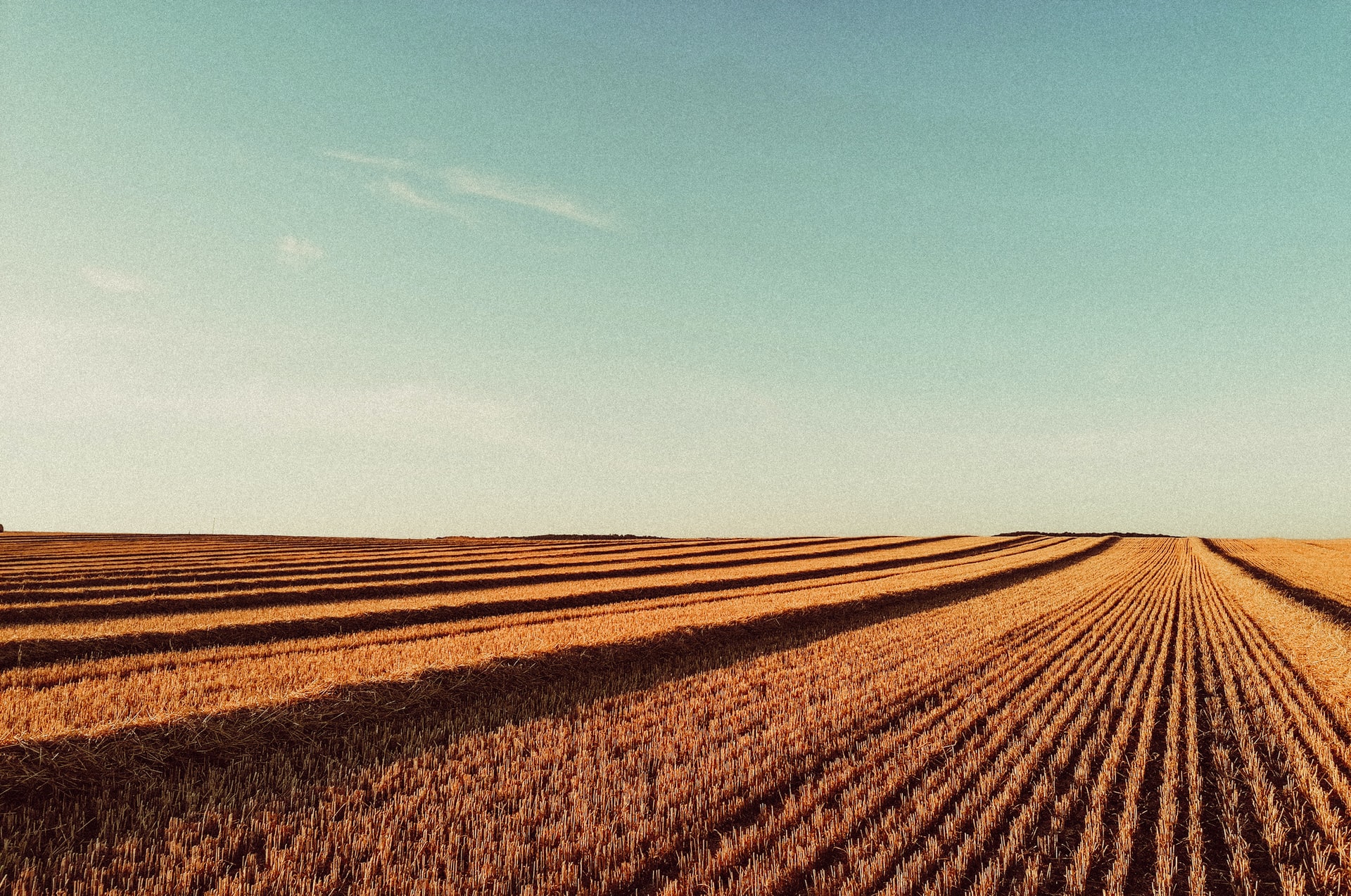
The weather in recent weeks has generally been favourable to most grain producing regions. Areas in the north have seen clear weather allowing harvest to progress at perhaps a pace faster than many would like.....
Read MoreHarvest activity increase sees prices decrease
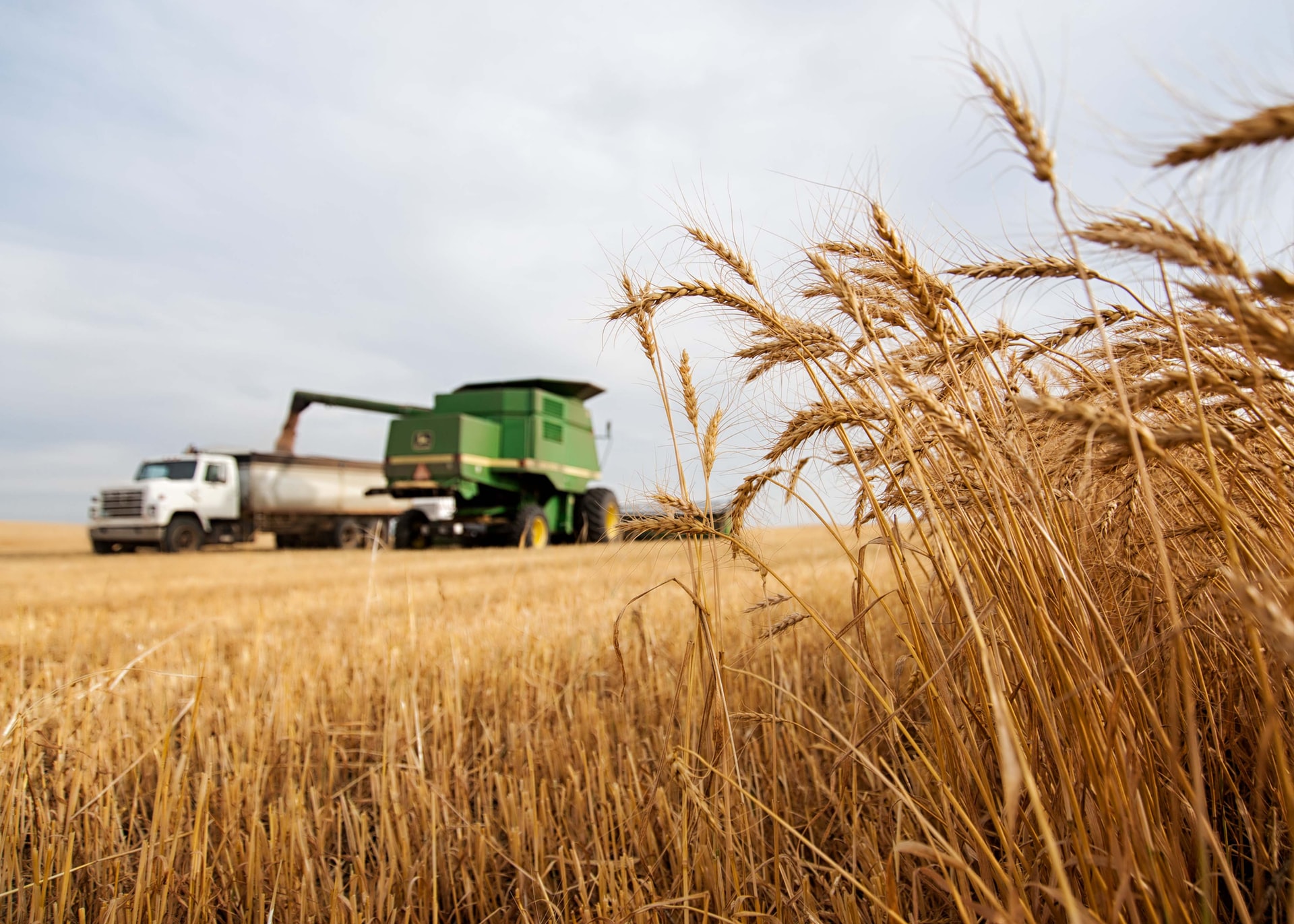
Harvest has now kicked off in most of the country’s northern cropping regions and as header activity rapidly moves south it won’t be long before we’re well and truly underway across all zones. Queensland growers are now stripping wheat as canola is making its way into receival sites as far south as the NSW Sturt Highway....
Read MoreRain makes grain
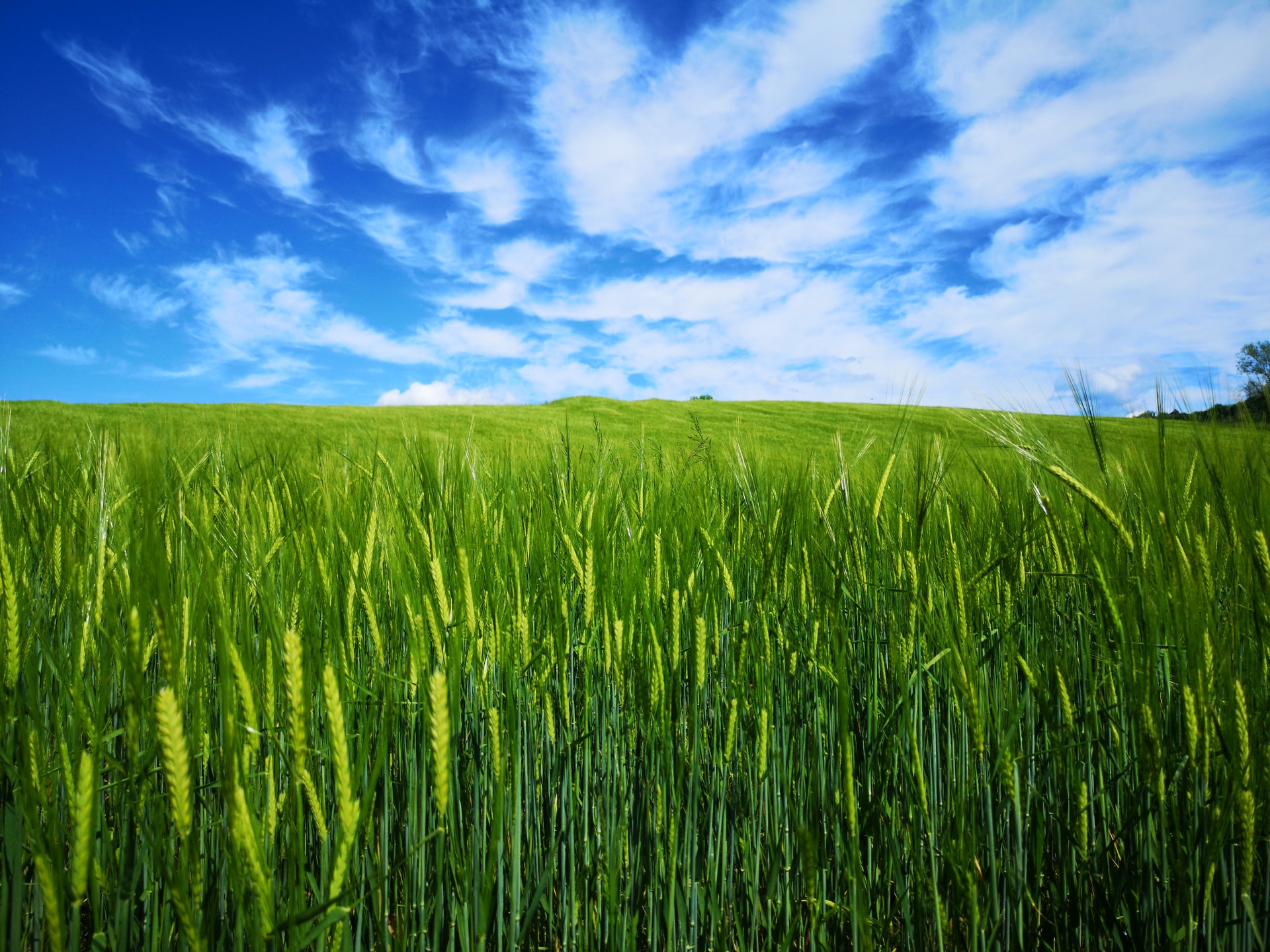
Its fair to say that a rain in spring is worth its weight in gold and last week we saw this come to fruition with reports of 15mm to 100mm+ recorded. In some regions, the rain came too late to add yield, however this one event will certainly lead to small grain size and pinched grain being a lot less common occurrence than it might have been, as crops were beginning to run out of moisture.....
Read MoreGlobal Wheat Production Estimates Lowered With Drier Outlook

Looks like September was one for the record books with what might have been the warmest and driest since records began, not to mention Collingwood tying with Essendon and Carlton with 16 grand final wins on the last day of the month....
Read MoreHow Time flies
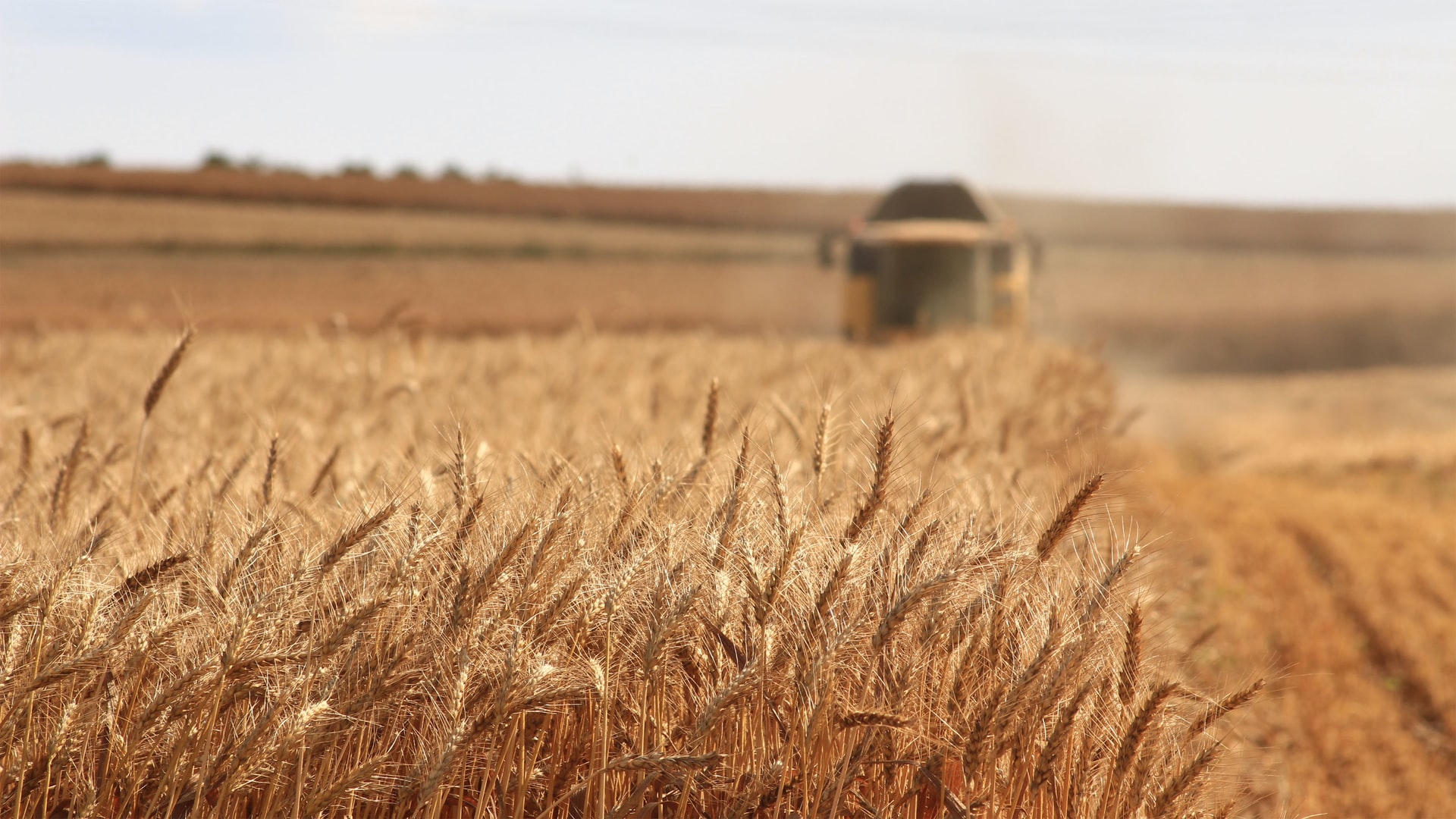
It seems like only yesterday that we were celebrating a Geelong premiership, but 12 months has flown by and its Grand Final week again. It also feels like we only just put last year’s harvest to bed, but in the blink of an eye we are back at it again....
Read More